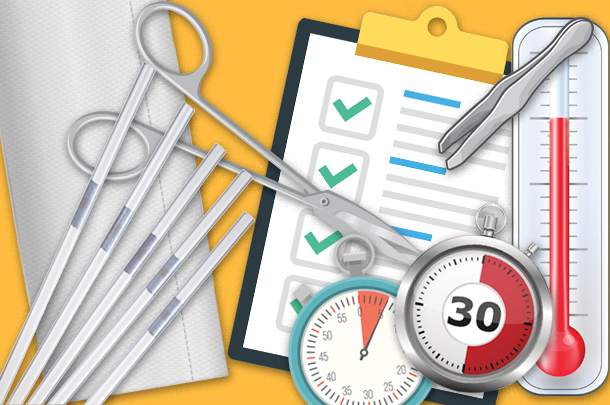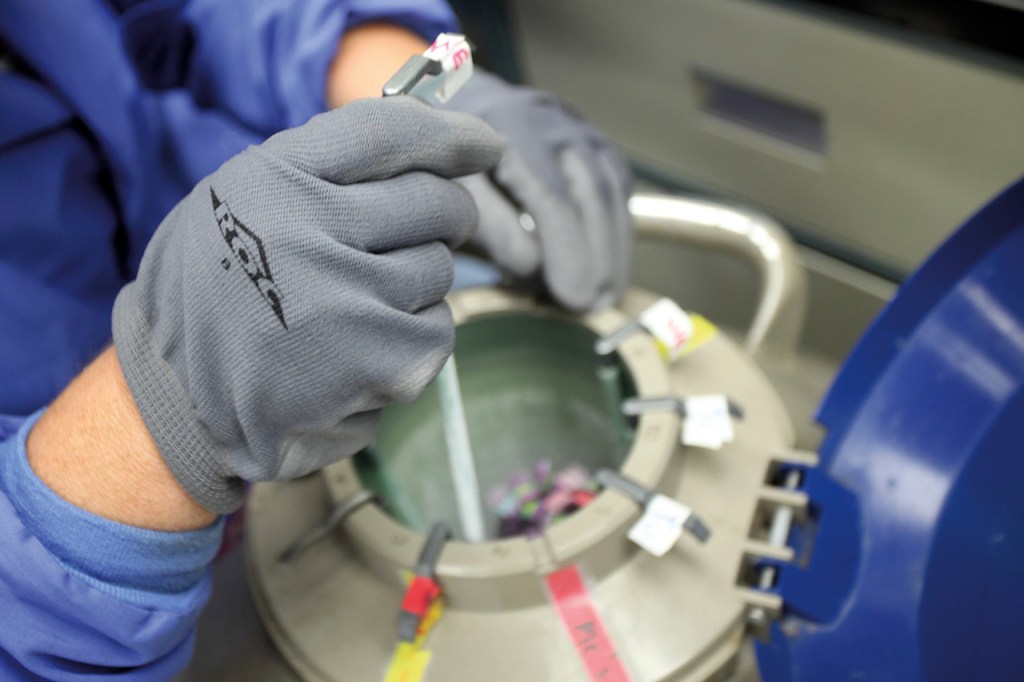Anibal Ballarotti for Progressive Dairy
Before beginning work, check that all necessary equipment and supplies are ready. Identify potential problems before starting, as errors and fixes can waste time and compromise fertility.
The key here is to minimise the time semen is exposed to temperature oscillations and direct sunlight and to prevent contamination with water, manure or detergents.
1. Ensure proper thawing temperature before pulling the frozen straw from the tank (35-37°C, as checked with a digital thermometer).
2. Thaw the semen straw in the water bath for at least 30 seconds.
3. Keep an organised semen inventory that allows the semen unit to be located within 5-10 seconds.
4. Tweezers should be used to remove semen from the tank, taking care to maintain the canister below the frost line. If the straw is not located within 10 seconds, the canister should be lowered back into the nitrogen for at least 10 seconds before recommencing identification.
5. Thaw a maximum of five straws at a time (or less if the breeder is not able to place those five straws in the cows within 10 minutes for sexed semen, or in 15 minutes for conventional semen).
6. The actual number of units to thaw should be based on the technician’s efficiency and facility impacts (travel distance, pen size, lockups, pass-throughs).
7. Straws should be properly dried after removal from the thaw unit and protected from sunlight. Cut straws straight across, not at an angle, at the crimped, sealed end and snap into the adaptor of the plastic sheath to prevent semen passing back into the A.I. gun.
8. Always keep clean paper towels on hand to remove manure.
9. Open the vaginal lips to avoid touching the gun on anything that could contaminate it.
10. Depress the plunger on the A.I. gun with a slow, gentle motion and complete the task in no less than 5 seconds.

This article is part of a series. Click here to read the others: “How to make breeding day more effective – Part 1: Nitrogen tank and equipment maintenance” and “How to make breeding day more effective – Part 3: Set reasonable expectations for your breeder.”
Anibal Ballarotti. Consultant – ABS Global.
Illustration: Illustration by Kristen Phillips.
Originally published on Progressive Dairy.






